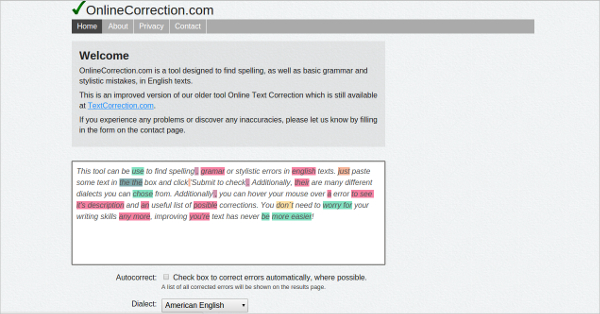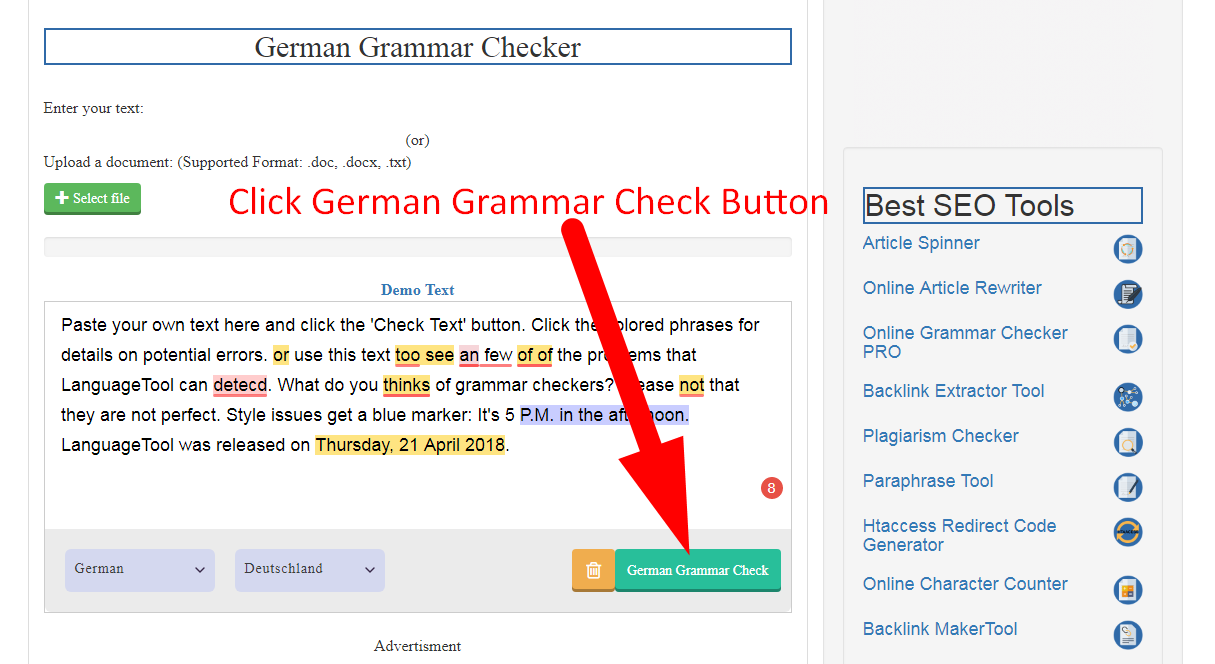

Similar cases are Coesfeld and Bernkastel-Kues. The word ⟨neü⟩ does not exist in German.įurthermore, in northern and western Germany, there are family names and place names in which ⟨e⟩ lengthens the preceding vowel (by acting as a Dehnungs-e), as in the former Dutch orthography, such as Straelen, which is pronounced with a long ⟨a⟩, not an ⟨ä⟩. This should never be changed to das neü Buch, as the second ⟨e⟩ is completely separate from the ⟨u⟩ and does not even belong in the same syllable neue ( ) is neu (the root for "new") followed by ⟨e⟩, an inflection. Consider, for example, das neue Buch ("the new book"). Names often exist in different variants, such as Müller and Mueller, and with such transcriptions in use one could not work out the correct spelling of the name.Īutomatic back-transcribing is wrong not only for names. However, such transcription should be avoided if possible, especially with names. ⟨u⟩ instead of ⟨ü⟩) would be wrong and misleading. When it is not possible to use the umlauts (for example, when using a restricted character set) the characters ⟨Ä, Ö, Ü, ä, ö, ü⟩ should be transcribed as ⟨Ae, Oe, Ue, ae, oe, ue⟩ respectively, following the earlier postvocalic- ⟨e⟩ convention simply using the base vowel (e.g. Although the two dots of umlaut look like those in theĭiaeresis (trema), the two have different origins and functions. Kurrent writing, the superscripted ⟨e⟩ was simplified to two vertical dashes (as the Kurrent ⟨e⟩ consists largely of two short vertical strokes), which have further been reduced to dots in both handwriting and German typesetting.

GERMAN SPELLING CORRECTOR FULL
Printing press, frontalization was indicated by placing an ⟨e⟩ after the back vowel to be modified, but German printers developed the space-saving typographical convention of replacing the full ⟨e⟩ with a small version placed above the vowel to be modified. ß⟩ called Eszett "ess-zed/zee" or scharfes S "sharp s"), all of which are officially considered distinct letters of the alphabet, and have their own names separate from the letters they are based on.įronting of back vowels). German has four special letters three are
GERMAN SPELLING CORRECTOR UPDATE
To do this, aĭiscussion could be started on GitHub or pull requests to update the include and exclude files could be added.ISO basic Latin alphabet plus four special letters. The original word frequency list parsed from OpenSubtitles can be found in the `scripts/data/` folder along with each language’s include and exclude text files.Īny help in updating and maintaining the dictionaries would be greatly desired. The script can be found here: scripts/build_dictionary.py`. It then adds words into the dictionary that are known to be missing or were removed for being too low frequency. Then it removes words from a list of known words that are to be removed. The script then attempts to *clean up* the word frequency by, for example, removing words with invalid characters (usually from other languages), removing low count terms (misspellings?) and attempts to enforce rules as available (no more than one accent per word in Spanish). OpenSubtitles) it will generate a word frequency list based on the words found within the text. I have provided a script that, given a text file of sentences (in this case from The creation of the dictionaries is, unfortunately, not an exact science. See the quickstart to find how one can change the distance parameter. Pyspellchecker allows for the setting of the Levenshtein Distance (up to two) to check.įor longer words, it is highly recommended to use a distance of 1 and not theĭefault 2.

For information on how the dictionaries wereĬreated and how they can be updated and improved, please see theĭictionary Creation and Updating section of the readme! Pyspellchecker supports multiple languages including English, Spanish, Those words that are found more often in the frequency list are Replacements, and transpositions) to known words in a word frequency It then compares all permutations (insertions, deletions, Pure Python Spell Checking based on PeterĪlgorithm to find permutations within an edit distance of 2 from the


 0 kommentar(er)
0 kommentar(er)
